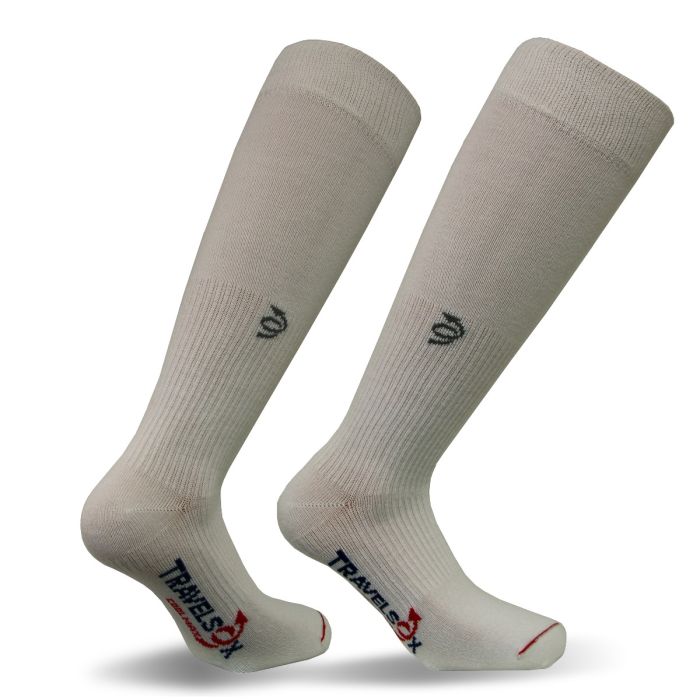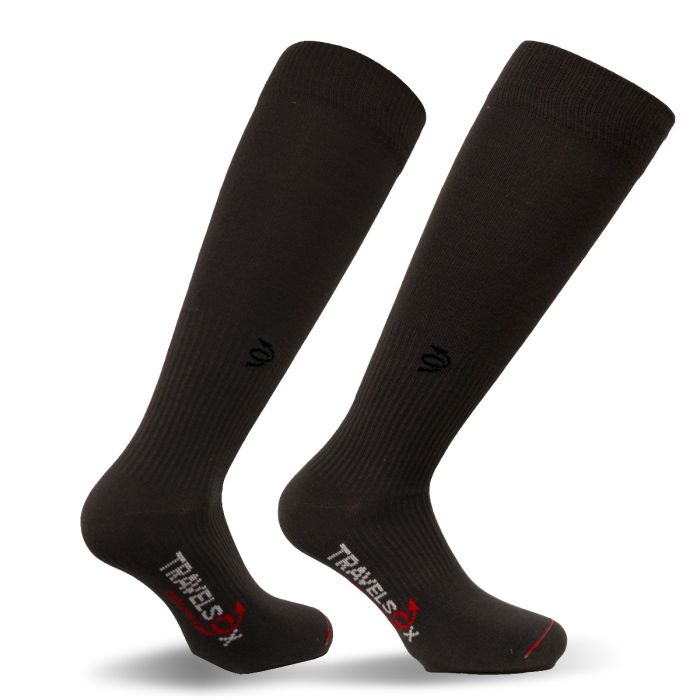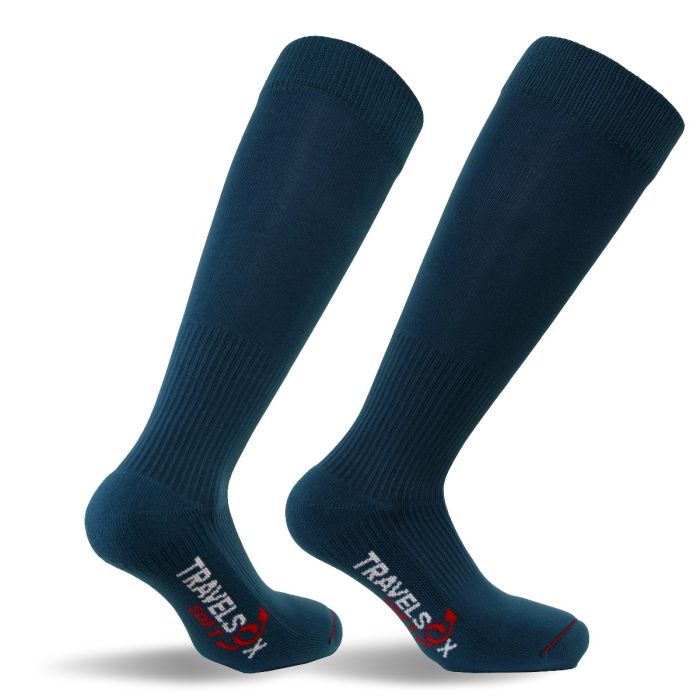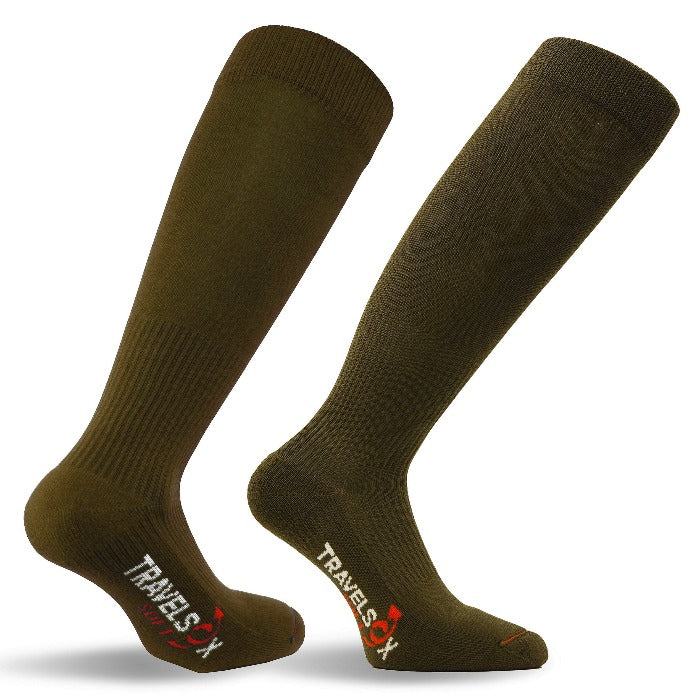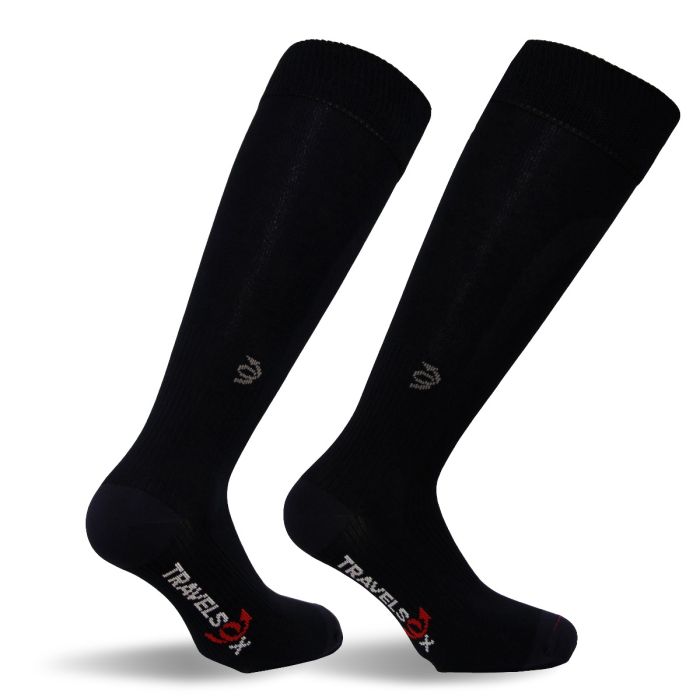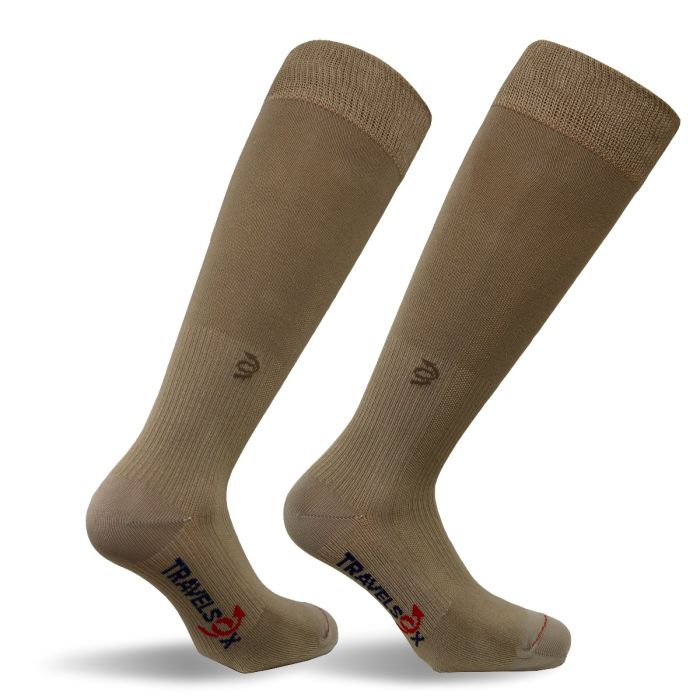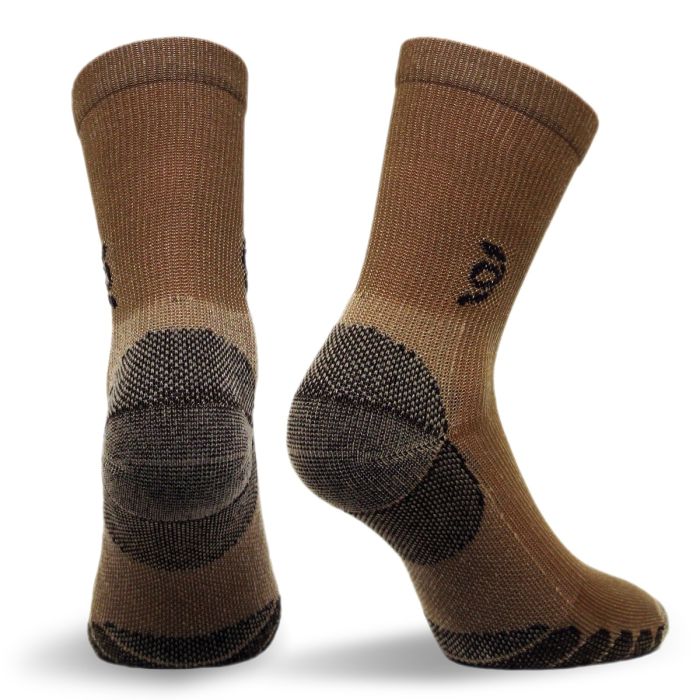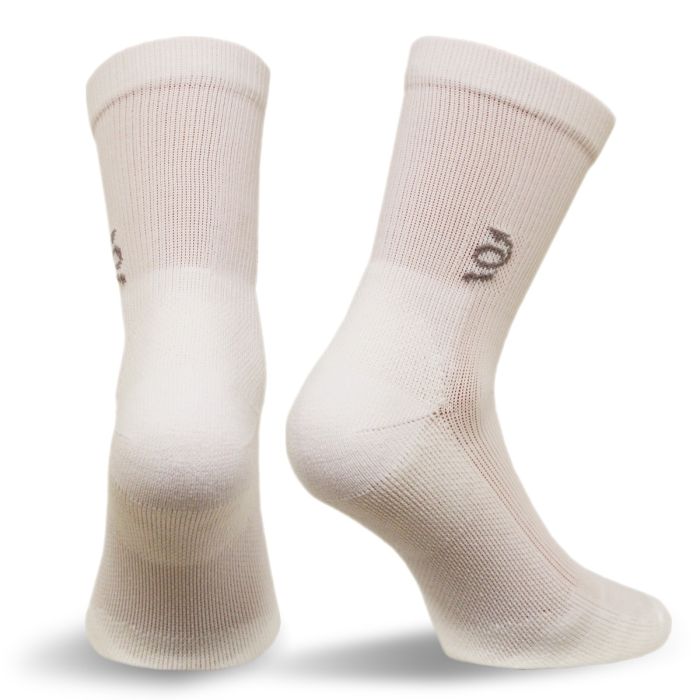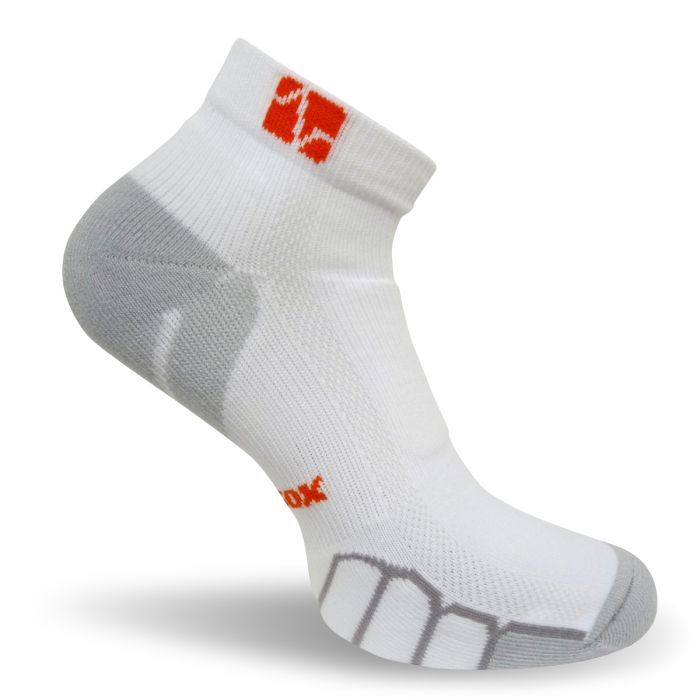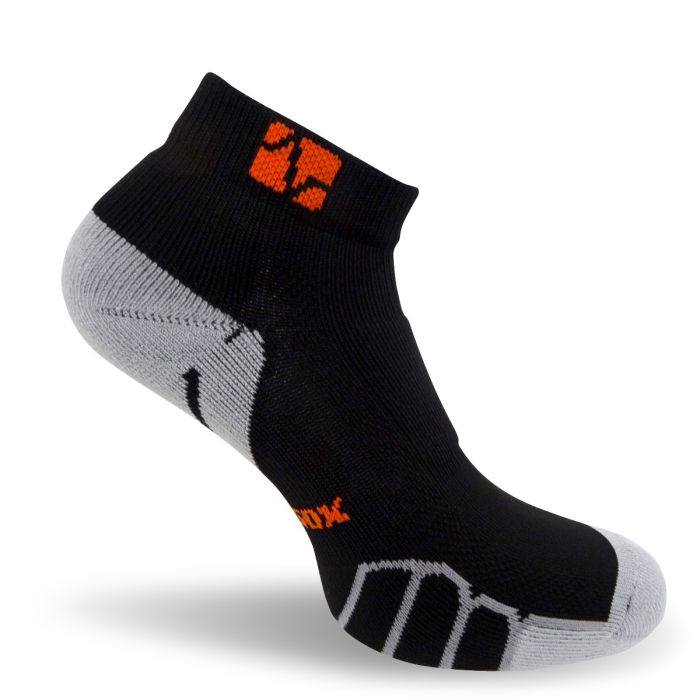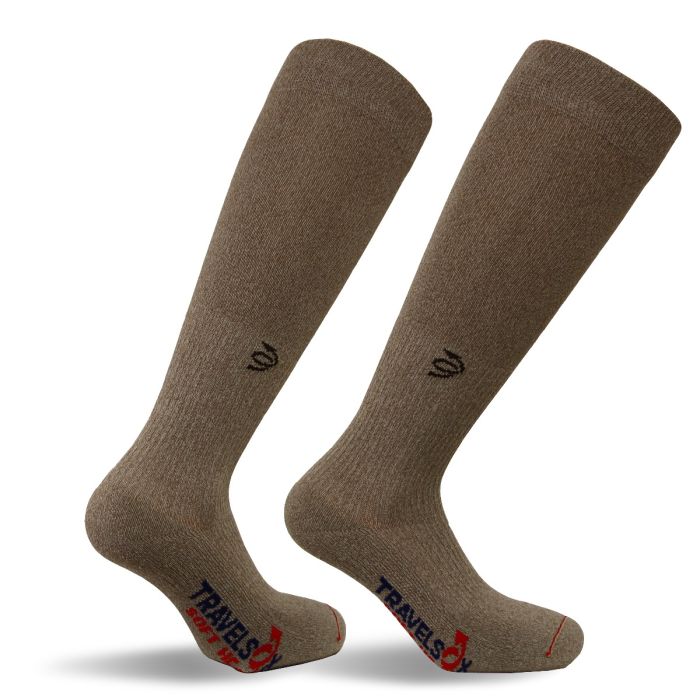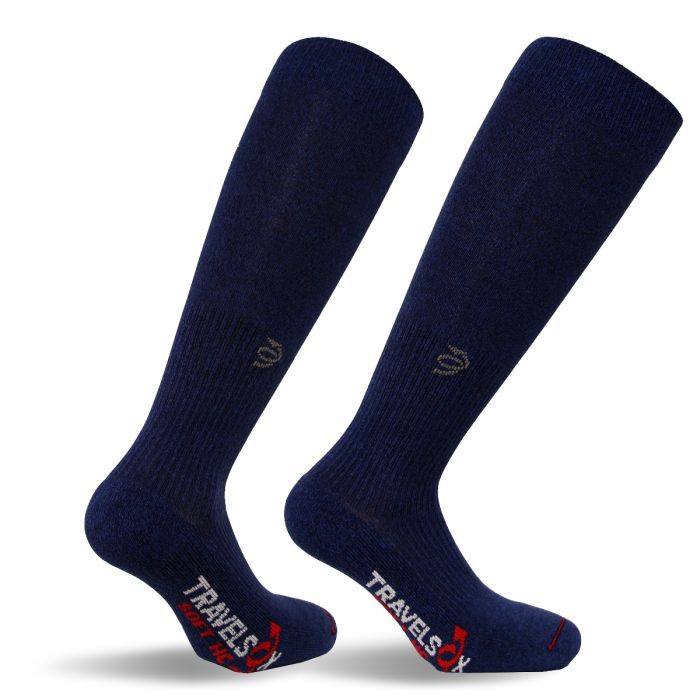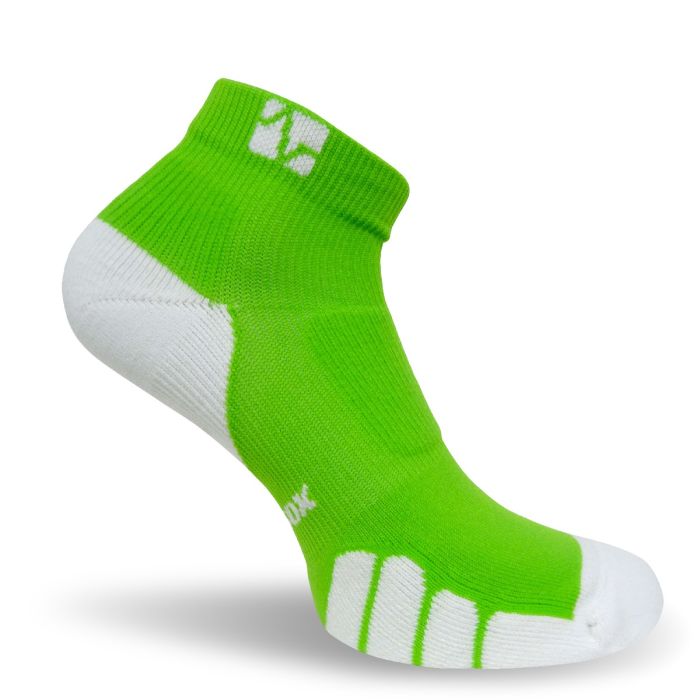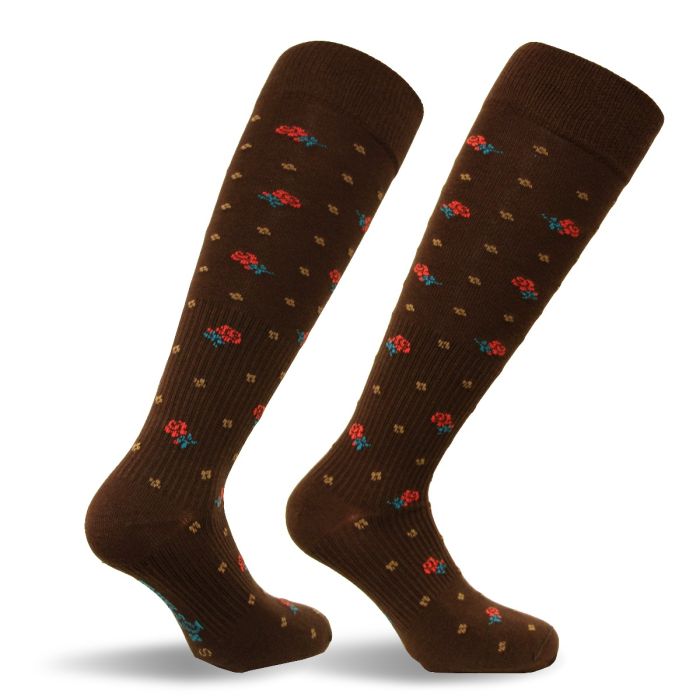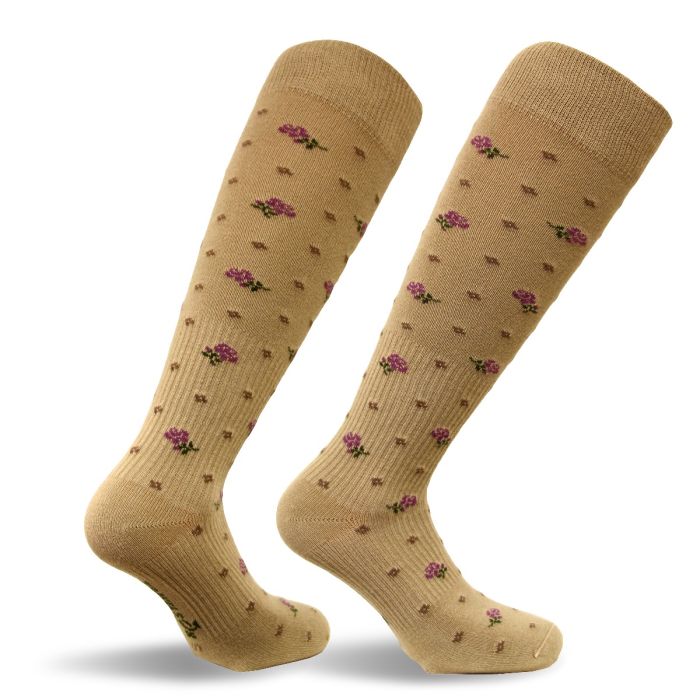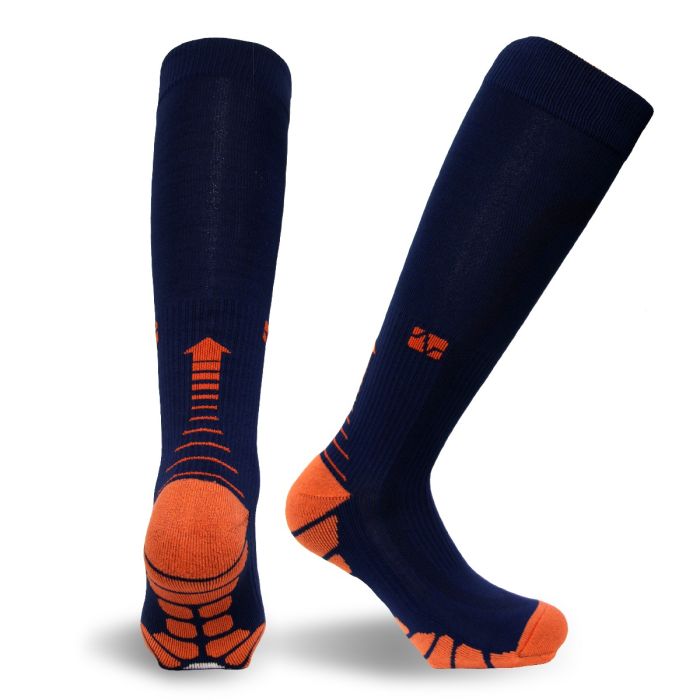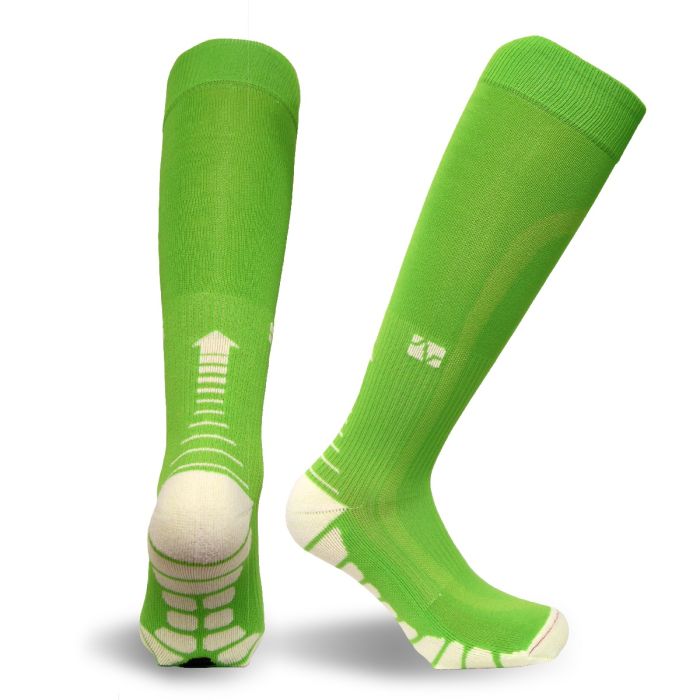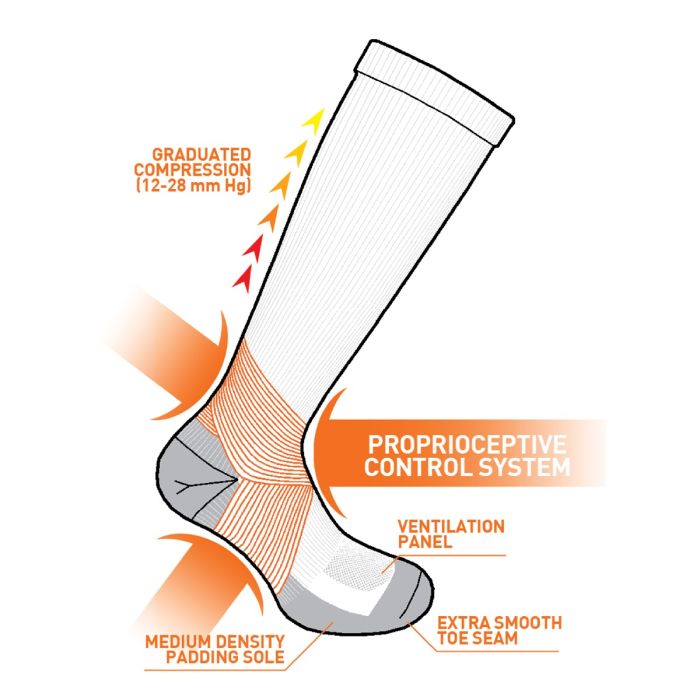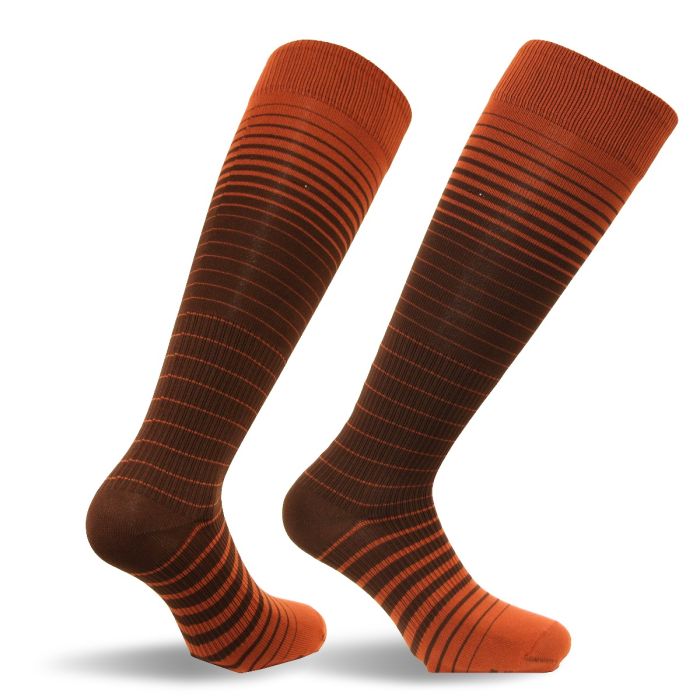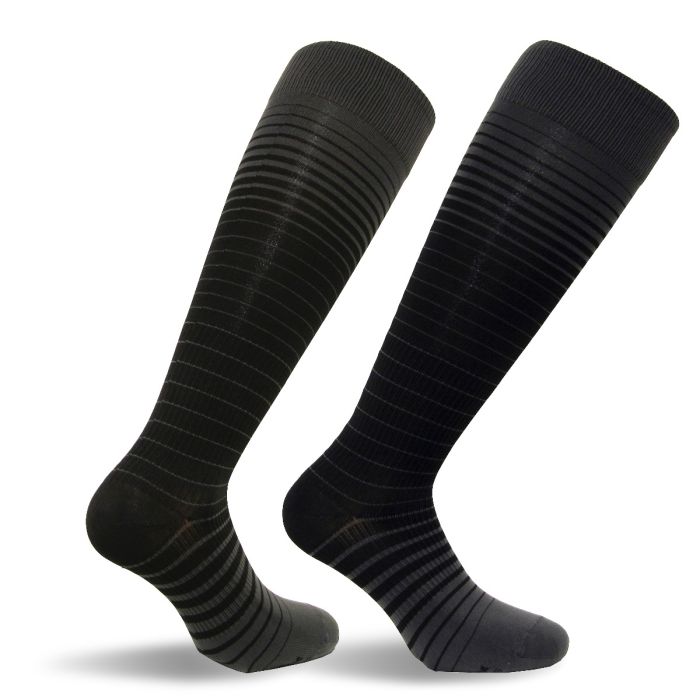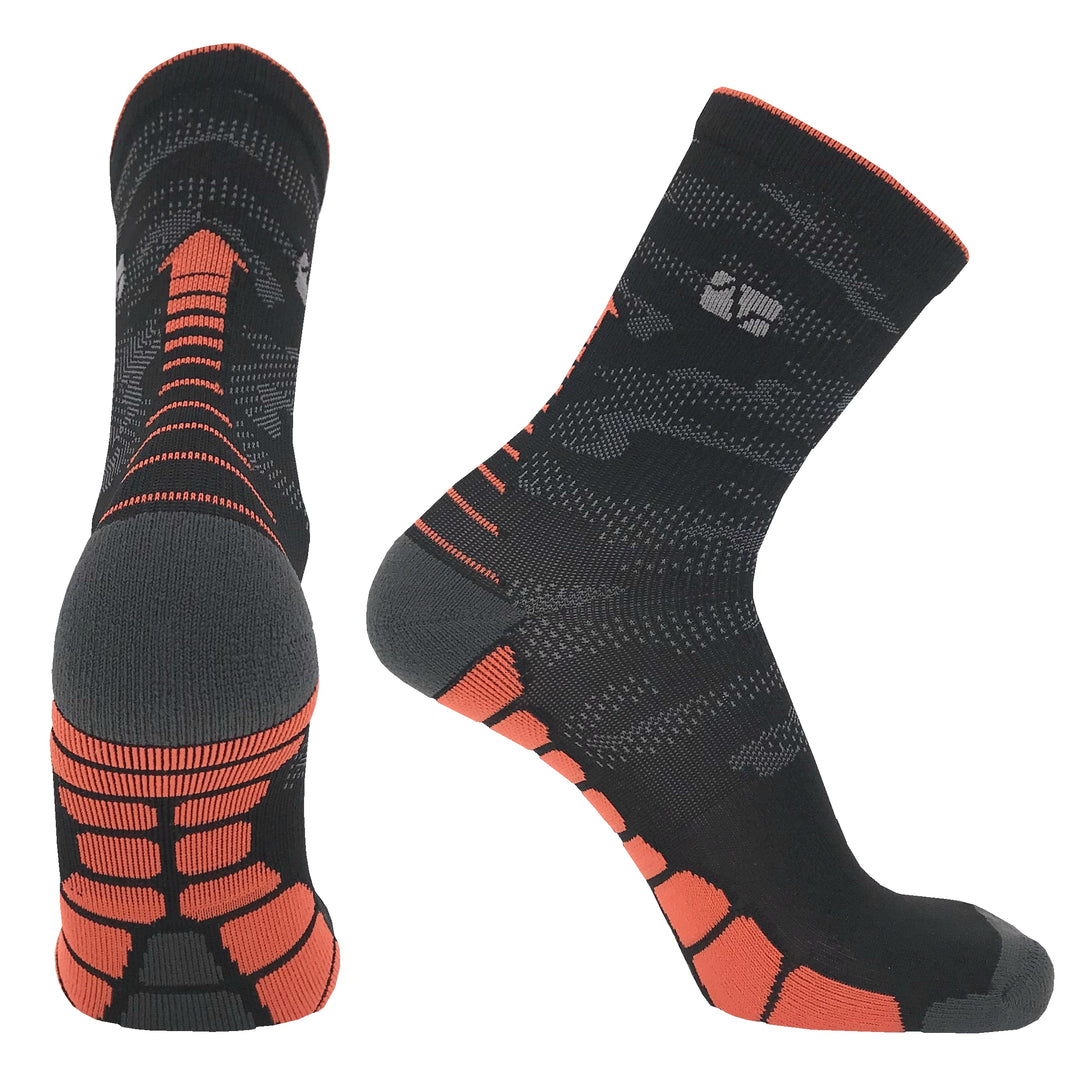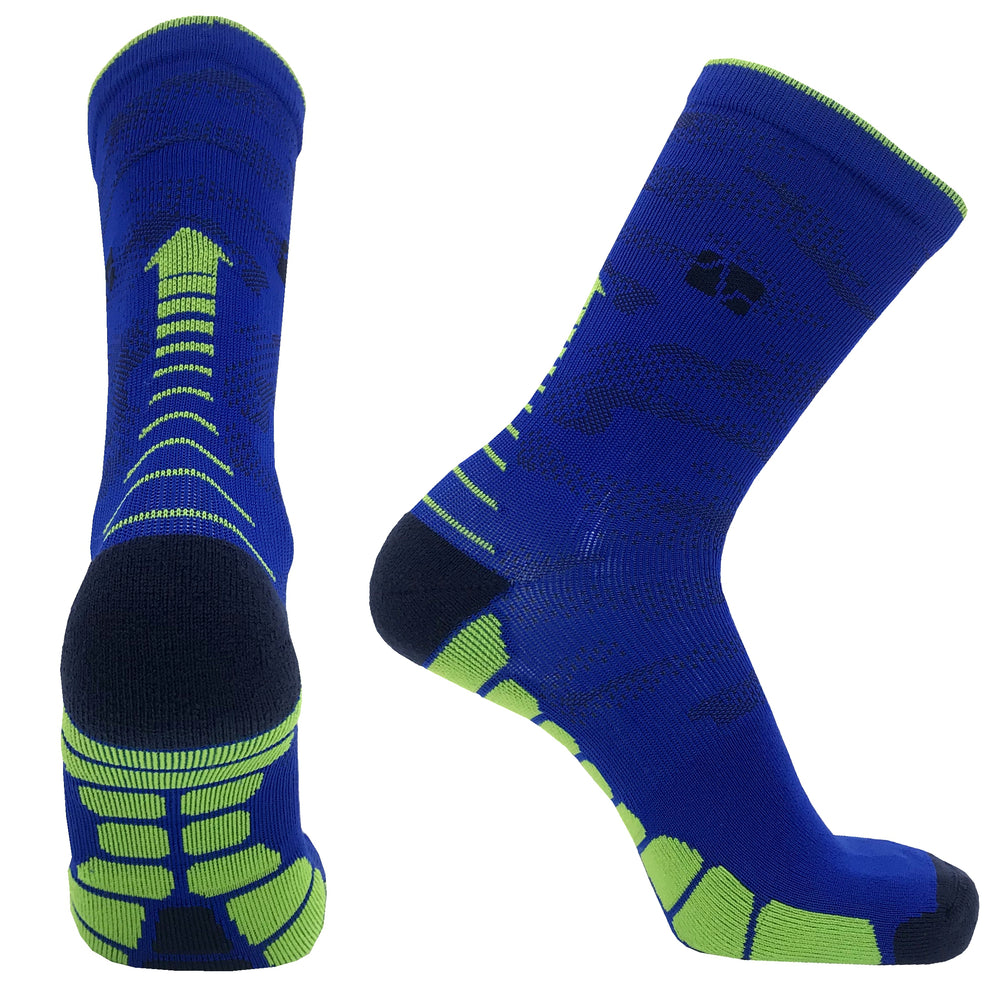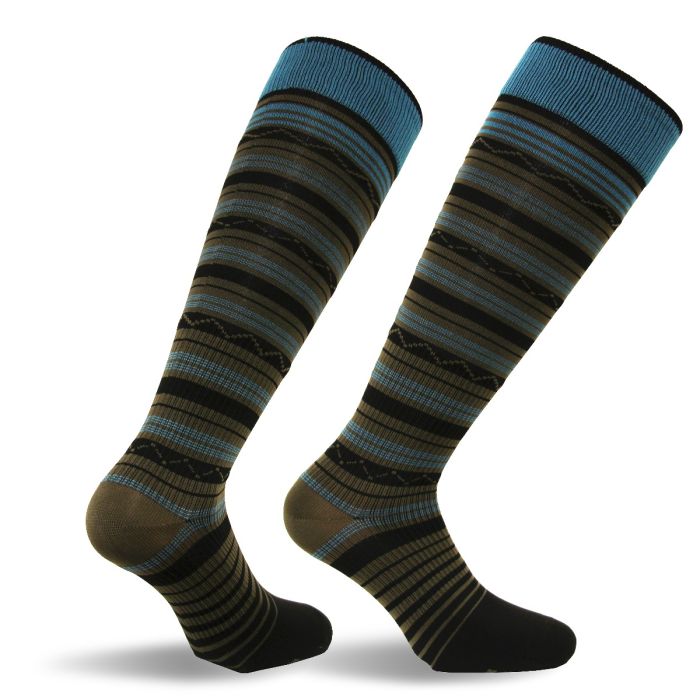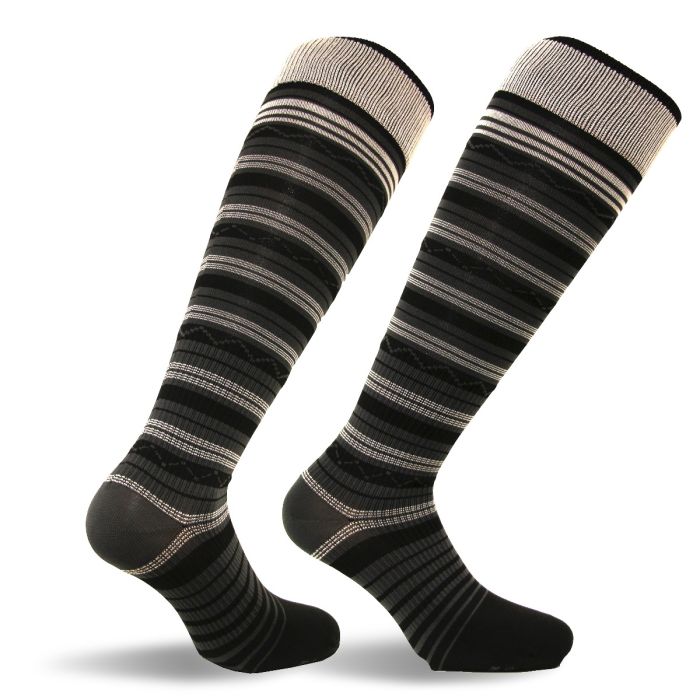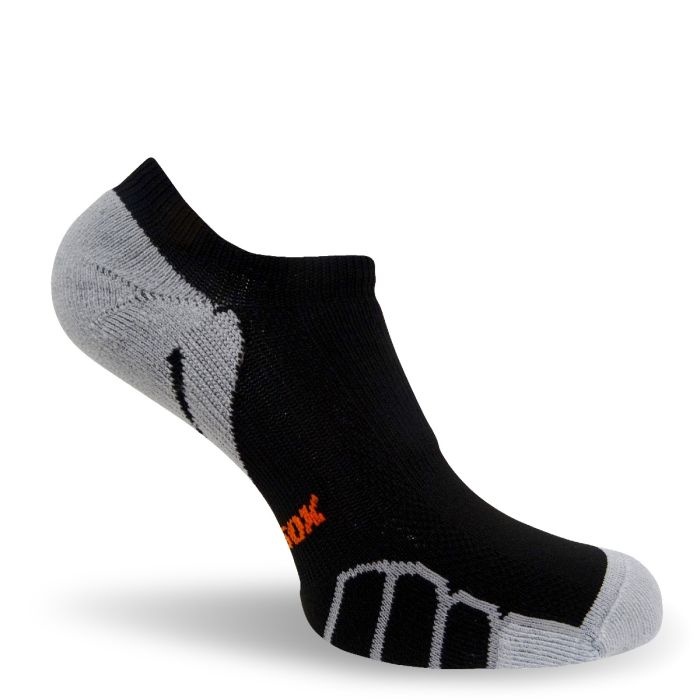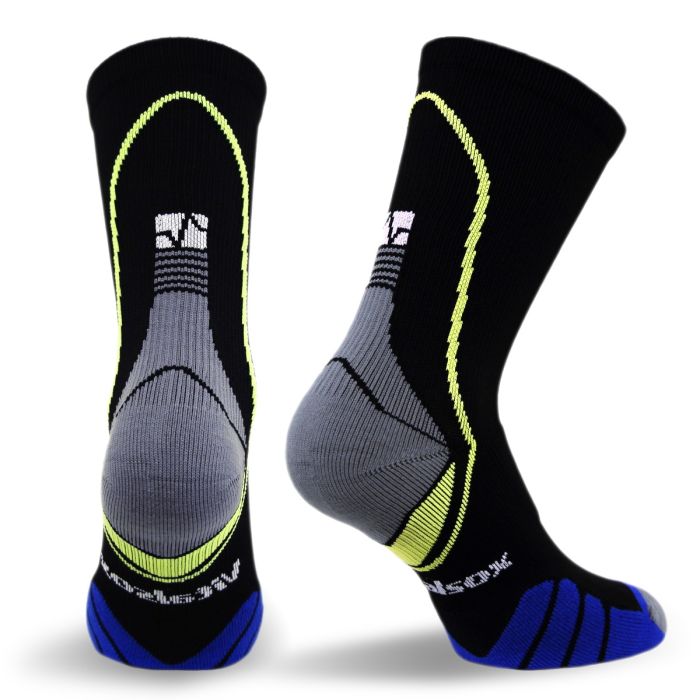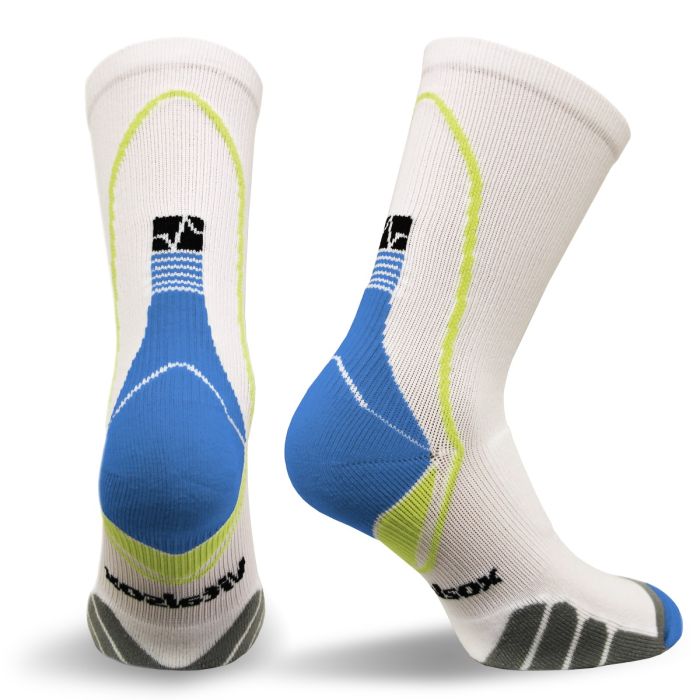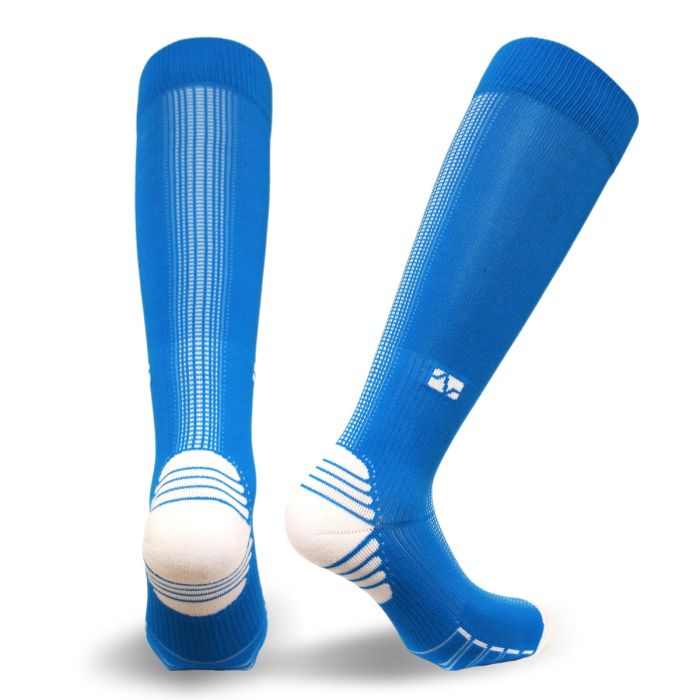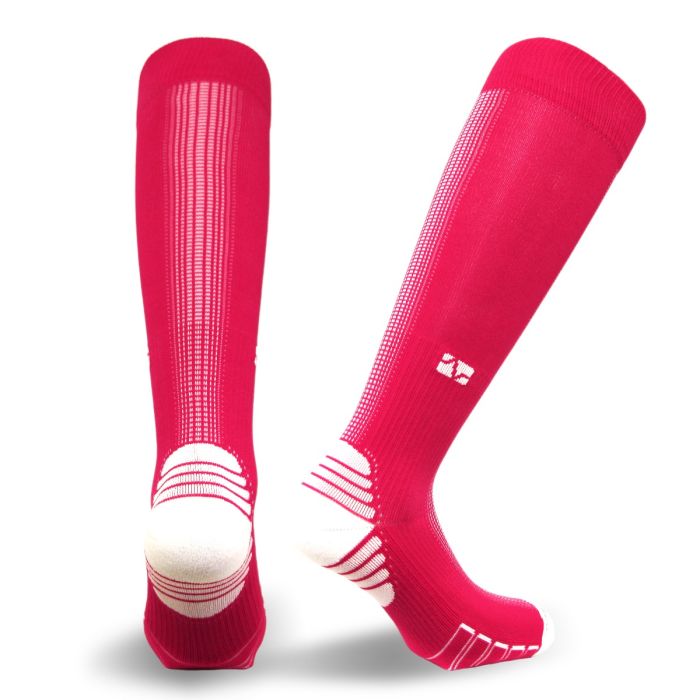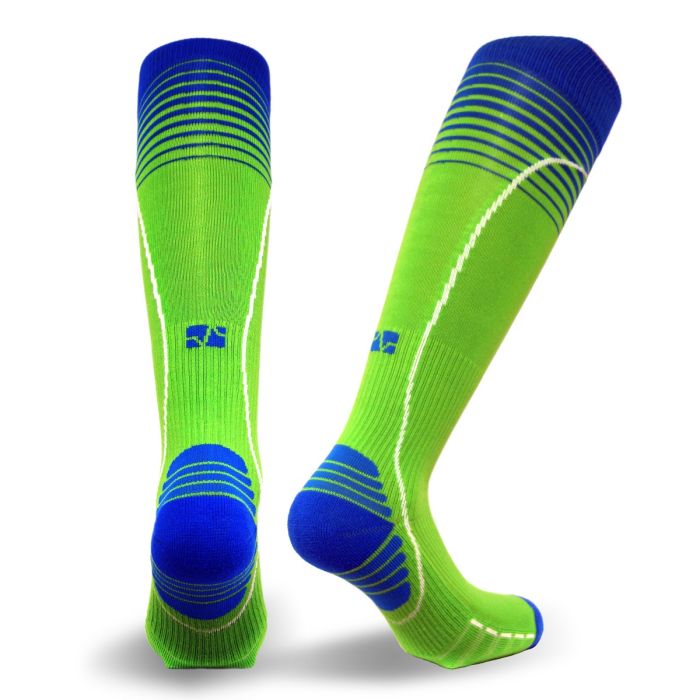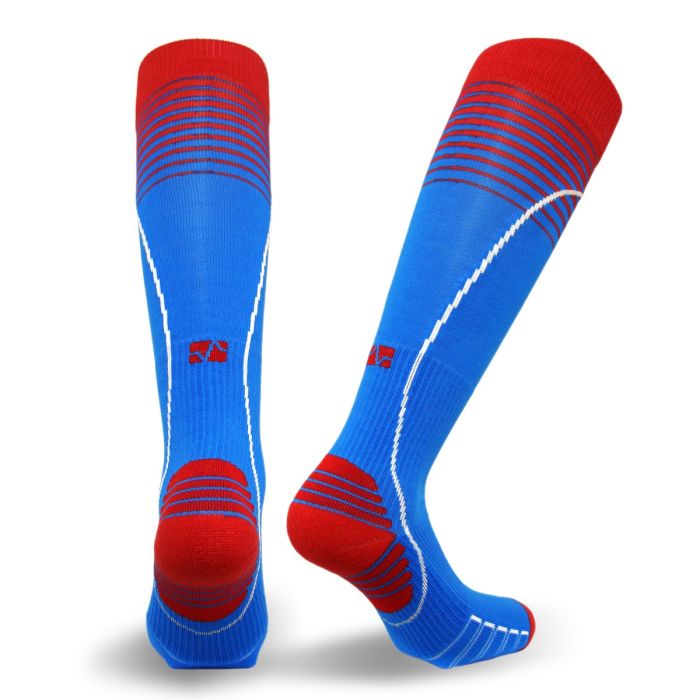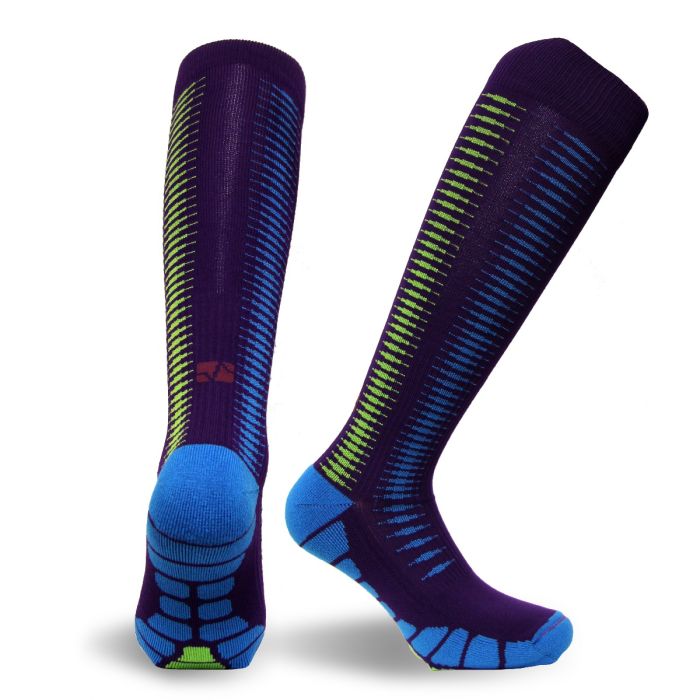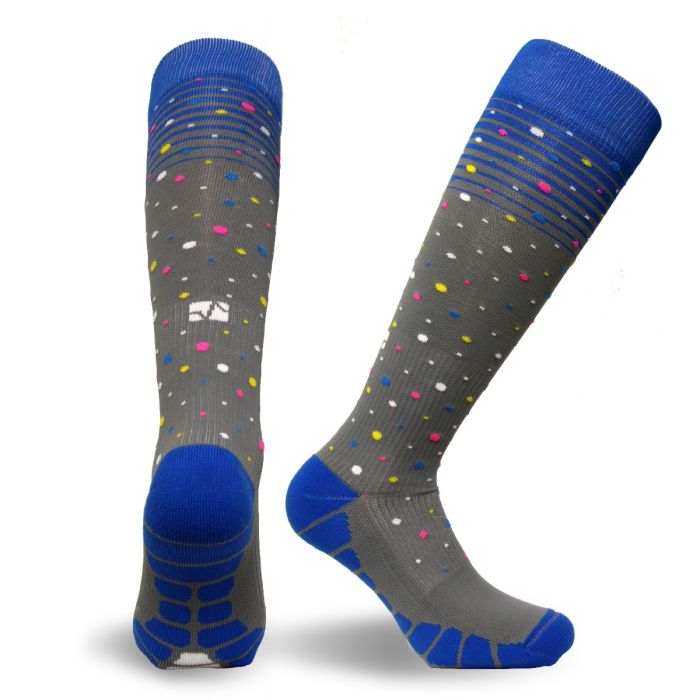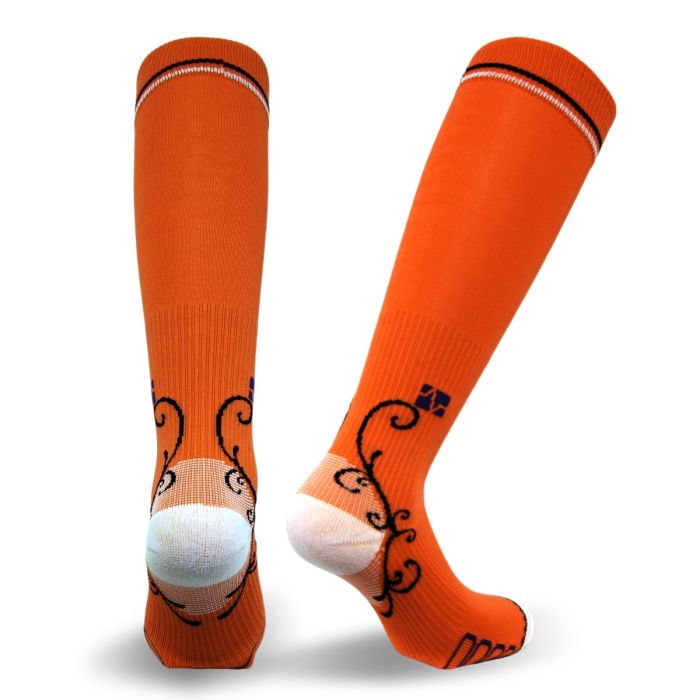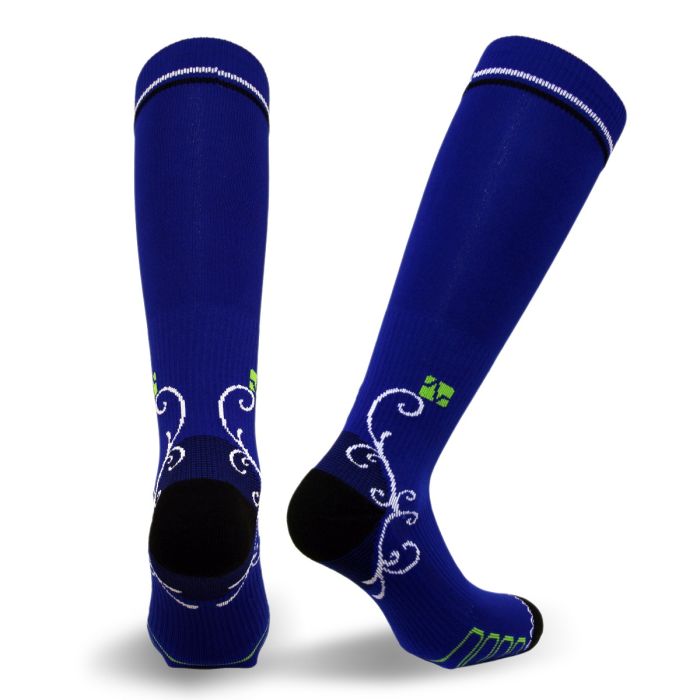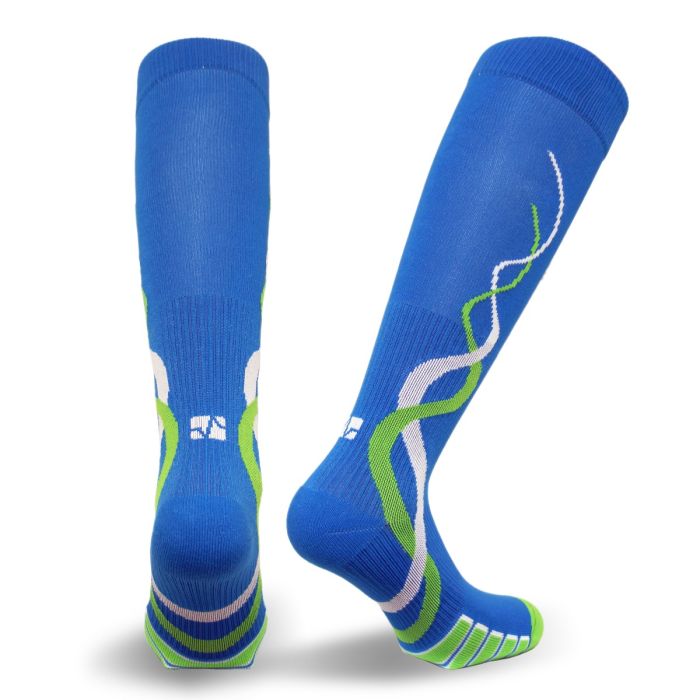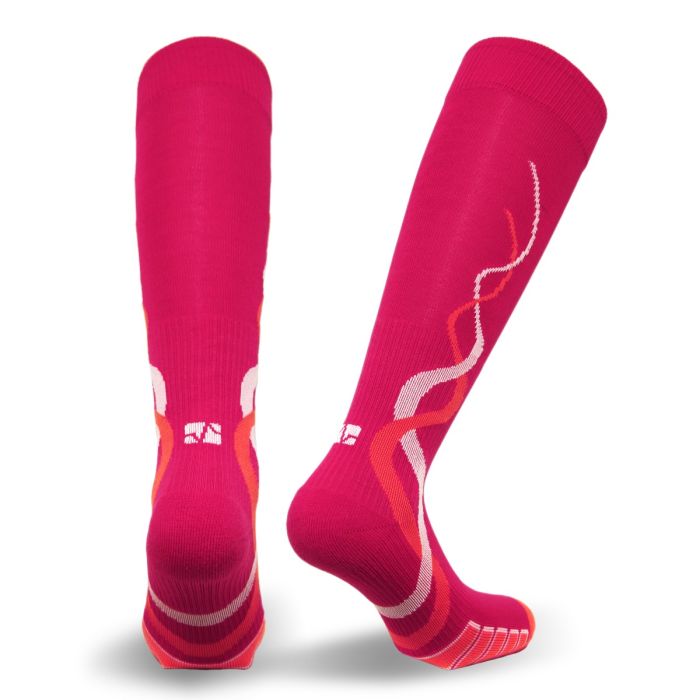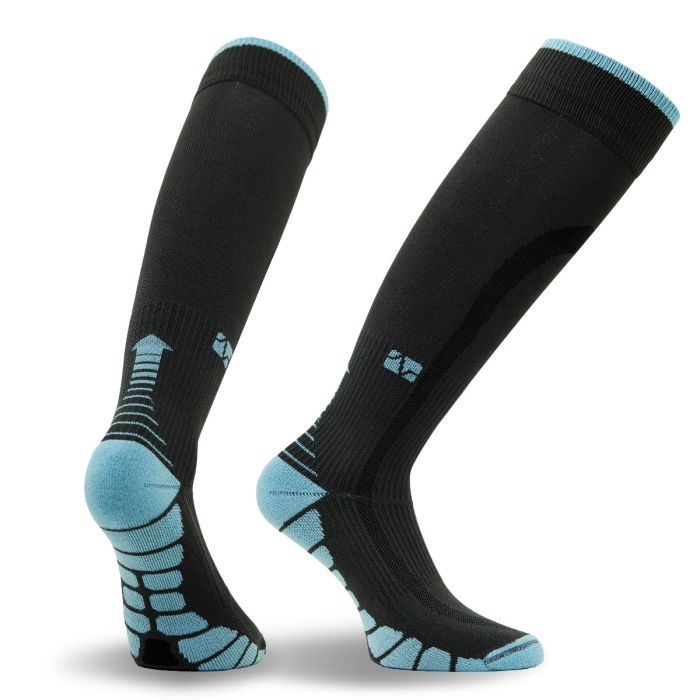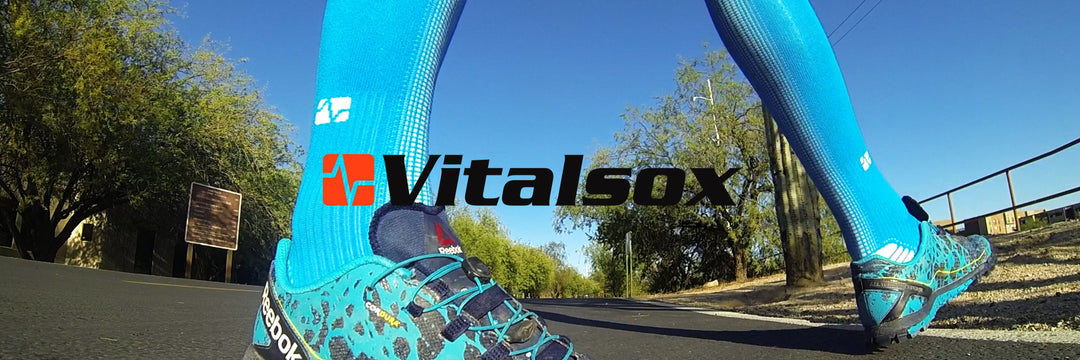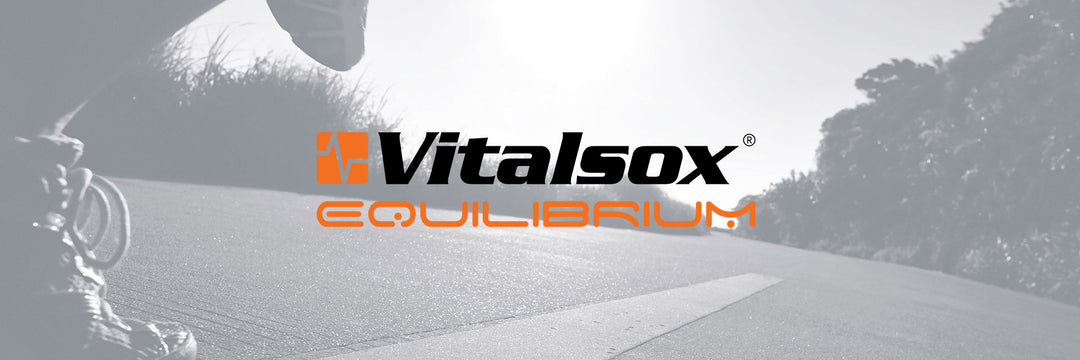Consider "Compression Socks" for Better Living
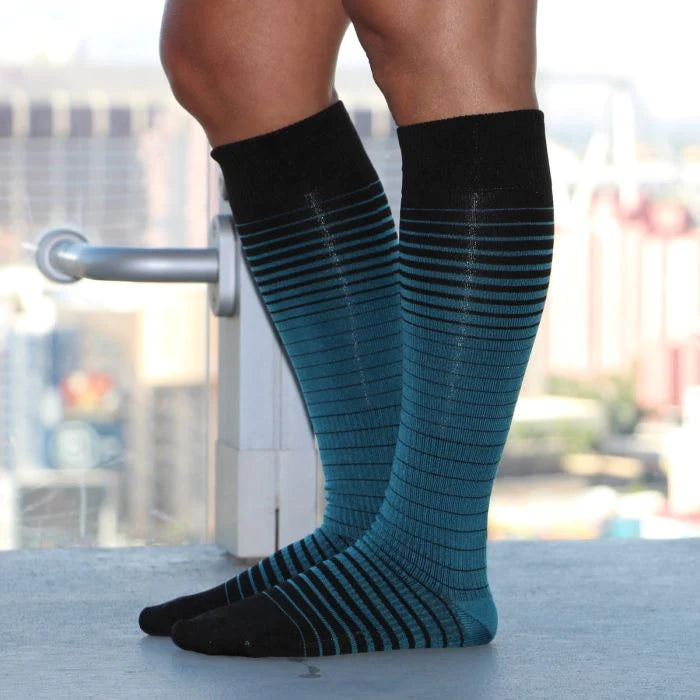
Benefits of Compression Socks
Compression socks, often referred to as "health socks," have gained popularity in recent years due to their numerous benefits for individuals of all ages and lifestyles. Designed to improve blood circulation, reduce swelling and alleviate discomfort, compression socks offer a simple yet effective solution for a variety of health conditions and everyday wellness.
Summary
In this article, we discuss a number of benefits of compression socks, including:
- Enhanced Blood Circulation
- Reduced Swelling from Edema
- Improved Performance and Recovery
- General Pain Relief and Support
- Prevention of Deep Vein Thrombosis (DVT)
Enhanced Blood Circulation
How do compression socks help circulation?
One of the key benefits of compression socks is their ability to promote better blood circulation. Compression socks apply gentle pressure on the legs and ankles, which helps push blood upwards against gravity and prevent the pooling of blood in the lower extremities.
This increased circulation can reduce the risk of blood clots, alleviate leg fatigue and provide relief for those who spend long hours standing or sitting, such as office workers, frequent travelers and athletes.
By promoting better blood circulation, health socks can also deliver oxygen and nutrients more efficiently to muscles and tissue. This can be particularly beneficial for athletes and individuals engaging in physical activities.
Compression socks also help remove metabolic waste products and excess fluid from the legs. By encouraging proper drainage, they help reduce swelling and inflammation. This can be beneficial for individuals with conditions such as varicose veins and lymphedema.
Reduced Swelling from Edema
That brings us to edema or the abnormal accumulation of fluid in body tissue. It occurs when there is an imbalance between the amount of fluid being retained in the tissues and the amount of fluid being removed by the lymphatic system. Edema can affect different parts of the body, but it most commonly occurs in the extremities: legs, ankles, feet and hands.
Compression socks, or health socks, can help manage edema in the legs and feet. By applying graduated pressure, these socks help prevent fluid retention and encourage proper drainage from the extremities. This makes health socks an ideal choice for individuals with edema.
Pregnant women often find relief from swelling and discomfort by wearing compression socks as well, especially during the later stages of pregnancy.
Improved Performance and Recovery

Compression socks are not only beneficial for individuals with existing health conditions but also for athletes and fitness enthusiasts.
Health socks have been shown to enhance athletic performance by improving blood flow and oxygen to muscles, reducing muscle vibration, and minimizing the risk of muscle soreness and injury. Wearing compression socks after you exercise also aids in the removal of metabolic waste products, thereby speeding up recovery and reducing muscle fatigue.
For athletes, they should consider wearing compression socks as a way to perform better and recover faster.
General Pain Relief and Support
For individuals experiencing chronic leg pain or discomfort, compression socks offer a non-invasive and drug-free solution. The graduated pressure exerted by the socks helps to soothe aching muscles, reduce inflammation, and provide support to the joints. Those suffering from conditions such as plantar fasciitis, shin splints, or Achilles tendonitis can find significant relief by incorporating compression socks into their daily routine.
Prevention of Deep Vein Thrombosis (DVT)
Deep Vein Thrombosis (DVT) is a serious condition characterized by the formation of blood clots in deep veins, usually in the legs. Compression socks play a crucial role in the prevention of DVTs, particularly for individuals at higher risk, such as those who have undergone surgery, have limited mobility, or are on long-haul flights. By improving blood circulation and reducing the risk of clot formation, compression socks help maintain vascular health and prevent life-threatening complications.

We suggest a few guidelines to think about to get the right pair of compression socks as a way to prevent a DVT:
-
Compression level: Compression socks are available in different compression levels, typically measured in millimeters of mercury (mmHg). The recommended compression level for DVT prevention is usually between 15-20 mmHg or higher, depending on your body type. Your healthcare provider can guide you on the appropriate compression level.
-
Proper fit: Compression socks should fit snugly but not be overly tight or uncomfortable. It's important to measure your leg size accurately to ensure the right fit. At SoxSolutions, we provide sizing guidelines for each model based on calf circumference and ankle measurements. Follow these guidelines to select the correct size.
-
Length and style: Compression socks are available in various lengths, including knee-high, thigh-high, and full-length stockings. The length you choose depends on the area you need to target and personal preference. Knee-high socks are commonly used for DVT prevention.
Compression Socks are a Good Way to Prevent Serious Problems
Compression socks, commonly known as health socks, offer a range of benefits for individuals seeking to improve their overall well-being. With their ability to enhance blood circulation, reduce swelling, alleviate pain, and support recovery, compression socks have become an essential accessory for various individuals, including office workers, frequent travelers, pregnant women, athletes, and those with existing health conditions. By incorporating compression socks into your daily routine, you can experience improved comfort, performance, and vascular health.
Still have questions?
Contact us anytime to discuss how SoxSolutions can help you.




